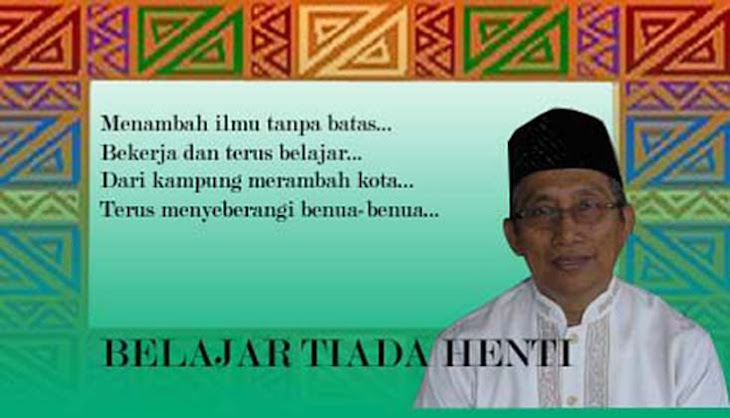1. Moral Education through Dramatized Storytelling: Insights and Observations from Indonesia Kindergarten Teachers
April 2020
Author :
This research looks at the insights and observations of kindergarten teachers in using stories and storytelling for Moral Education. The main research question is how teachers tell stories in order for children to learn moral values from the stories. This research applied qualitative research as a method of inquiry. Fourteen teachers were interviewed from two kindergartens in the suburbs of Jakarta and collected additional data through focus group discussions and observations. The data revealed that the teachers dramatize stories by: 1) telling or reading the stories in engaging and expressive ways; 2) using facial expression and body language; 3) using costumes, props, and technology. The findings indicate that dramatization can be an important catalyst for the successful use of storytelling in Moral Education in kindergartens. Dramatization is an approach that keeps children listening and able to learn from the stories. Dramatization helps children grasp the meaning of stories and helps them to learn moral values through the stories.
2. Stories and Storytelling for Moral Education: Kindergarten Teachers’ Best Practices
3. The Dragon, the Knight and the Princess: Folklore in Early Childhood Disaster Education
Author :
This research investigated the use of folklore in early childhood disaster education. A systematic analysis of the literature was used to evaluate early childhood disaster education. The researchers identified different concepts present in the literature; and examined patterns, parallels, and regularities. The researchers synthesized the principle of folklore use in early childhood disaster education as part of this research. Folklores have a tremendous potential to make early childhood disaster education effective if interpreted, integrated, and demonstrated by science. This work provides a strong foundation for further study into the same research issue by using empirical data or research into how to make folklore an efficient tool for early childhood disaster education.
4. Digital Folklore in Early Childhood Disaster Education
In this study, the authors explored extensively about using digital folklore in early childhood disaster education. The researchers used a Comprehensive Literature Review (CLR) as a data collection tool and method of inquiry. The research followed the Seven-Step Model for CLR by Onwuegbuzie and Frels [1], which consisted of: exploring beliefs and subjects, initiating the search, storing and organizing information, selecting/deselecting information, extending search, evaluating and synthesizing information, and finally reporting the CLR. The authors explored conceptualizations and analyzed models used in early childhood disaster education that use digital folklore, as well as related studies. The comprehensive literature review shows that when folklore and digital technology are combined, they appear to create interesting and engaging early childhood disaster education. However, further scientific research is required, as there is a lack of empirical data on how it works exactly and also how effective it is. This study is aimed at improving our understanding of the use of digital folklore in early childhood disaster education by presenting a detailed overview of the existing debate and offering valuable guidance for future study.

No comments:
Post a Comment